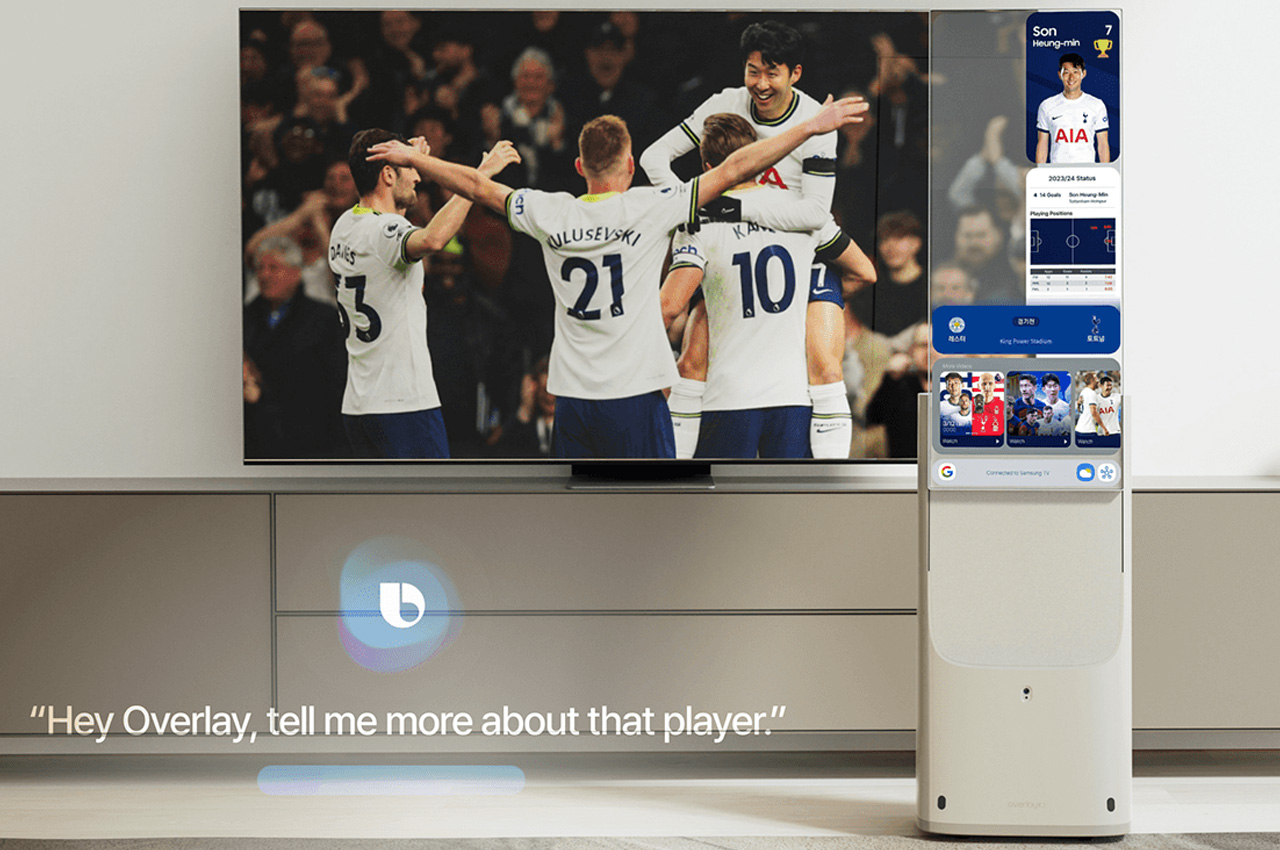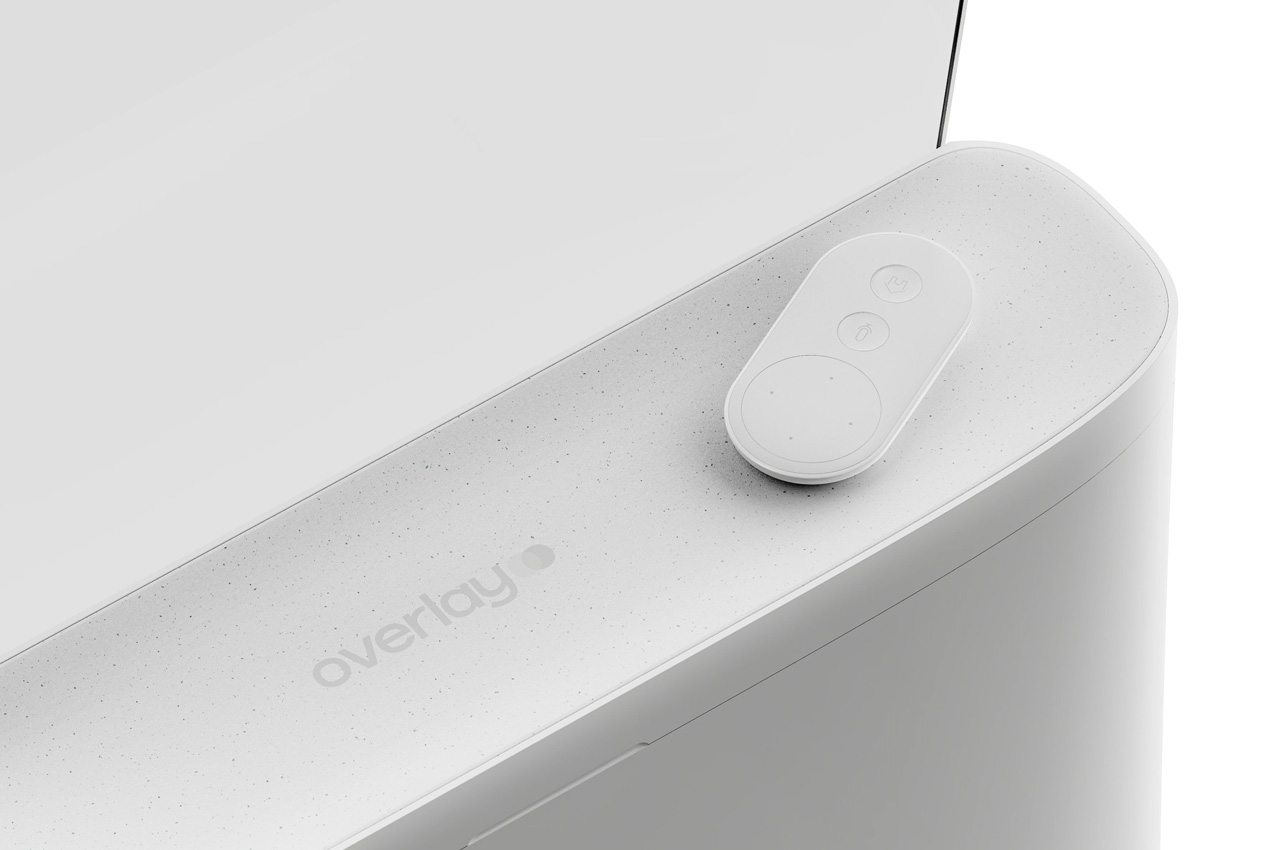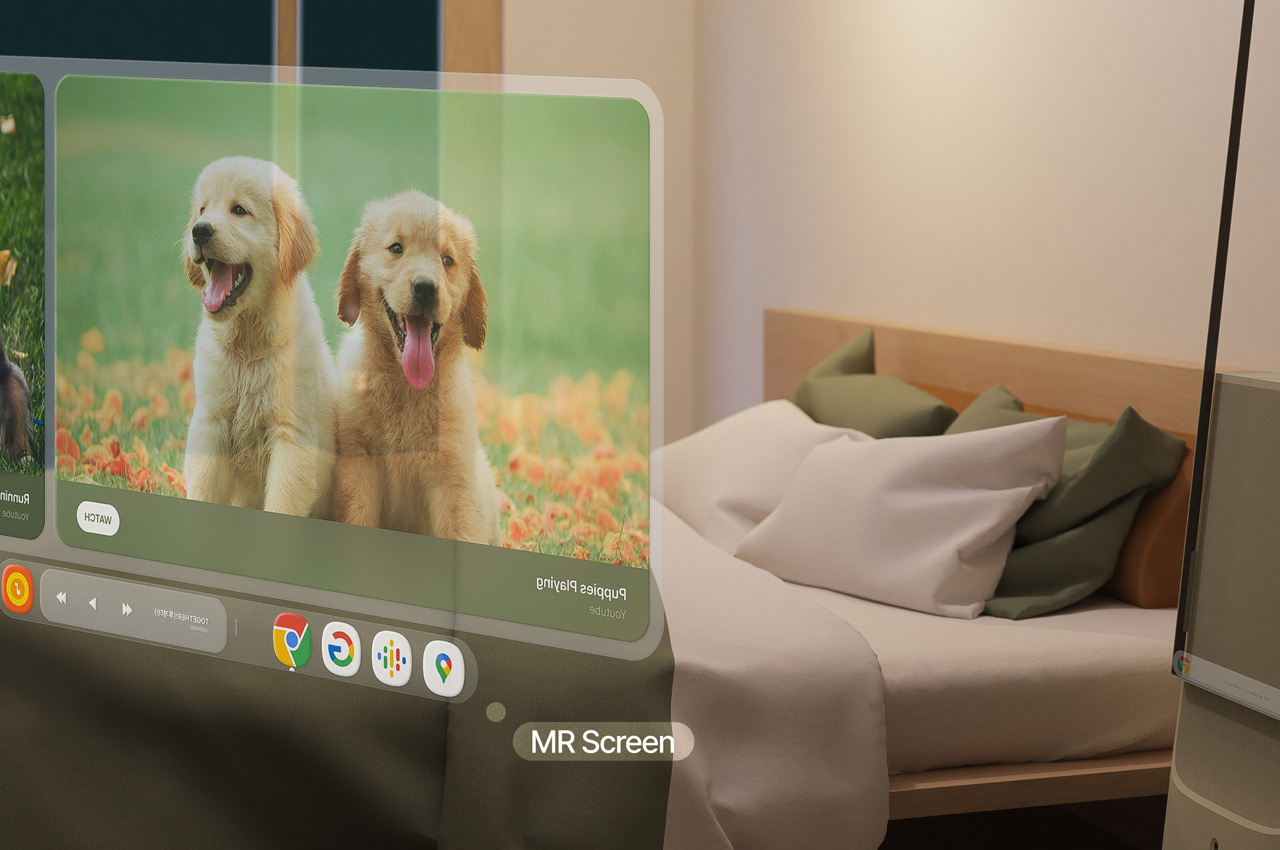The following article discusses spoilers for the first season of X-Men ‘97.
I was excited about the return of the ‘90s Saturday morning cartoon version of the X-Men. Still, I wasn’t sure Marvel, under the auspices of Disney, could deliver on the flavor of the original while also making a modern show that older fans, now adults in their 30s and 40s, could enjoy. And X-Men '97 is a total play on our nostalgia, which makes it even odder that it delivers. And is better than the original in pretty much every way.
And of all the Marvel baubles that needed some affection, the X-Men arguably needed it most. The ten-episode run managed to cram in so many plotlines, cameos, comic sagas, villains, plot twists and even deaths that, at times, it was hard to process everything — but I utterly loved how relentless it all was. X-Men ‘97 goes hard, especially if you’re already an obsessive fan.
When Marvel first launched an all-you-can-read comic book app, I went in hard on the X-Men back catalog, especially stories by Chris Claremont and Grant Morrison, two of my favorite writers. X-Men ’97 mines a lot of my favorite characters and stories. Magneto is put on trial, and begins a (brief?) redemption arc, Jean Grey turns out to be a clone, and the cartoon crammed a roughly-year-long comic arc, Inferno, into a single episode. Other arcs either included wholesale, or with some riffs, include Lifedeath, Fatal Attractions, Motendo, Operation: Zero Tolerance and more.
The highlight of this first season (a second is already underway) has to be the crushing episode 5, where the mutant nation of Genosha is devastated by a high-powered sentinel mothership… thing. Just before the attack destroys mutant adults, mutant children and eventually even an X-man, Cable, the time-traveling son of Scott Summers and Jean’s clone. (See: Inferno, mentioned above) reappears to stop the attack. But he fails again and his mother dies.
Magneto is left helpless as mutants are slaughtered and he’s forced to relive the genocide he suffered as a child. Eventually, Gambit sacrifices himself and lights up the entire robot with his mutant ability. This is after Rogue reignites a romance with Magento, changes her mind, and decides to be with Gambit. As I said, each episode is a lot.
I may be alone in this, but I still prefer the older series’ animation style and look. A cartoon can look a little scrappy, in my opinion —or maybe I’m just 39 and also not a Disney executive. The majority of the action scenes are great, too. Cyclops is finally not done dirty and gets to thrive in fights. There are some great combination attacks comparable to the iconic fastball special.
Sometimes, the show can feel a bit too “anime” (And I love anime, don’t at me!), where the ridiculous scale of the fight removed a lot of my interest in it. Cool, Bastian has metal wings in the final episode. Yes, yes, very cool. But didn’t one of his super sentinel underlings wipe the floor with the X-Men mid-series? And did we need the Phoenix to reappear (again!) so that Jean can save her 50-something son from the future? Probably not.
But, it’s the X-Men. It wouldn’t be the X-Men without this kind of nonsense.
I also adored the attention to detail. How Storm changed back to her original comic-book attire, Rogue transitioned to her green and white look, Magneto wore the same black-and-white costume while on trial, just like the original comic book. X-Men '97 doesn’t miss the chance to sprinkle in other Marvel characters, too. Captain America pops up a few times, we spot an out-of-costume Spider-Man, with Mary Jane Watson, watching the fall of Asteroid M. The Silver Samurai, who got his own episode in the original series, stares on as Tokyo loses power due to Magneto’s attack on the whole of Earth.
In other episodes, an aged Polaris, Rachel Grey and more mutants briefly appear in a vision of the future. The series is bursting at the seams with references, easter eggs and surprises. Did you know that Bastian is briefly, obliquely, on-screen during the horrific attack on Genosha, long before he’s revealed as the X-Men’s primary antagonist? Well, he is. It’s a show that’s ripe for debate and discussion in an era of Reddit, Discord and YouTube reactions.
Marvel Studios President Kevin Feige stipulated that both the cast and the music had to return for the project to happen. I’m glad it did and I’m glad the theme song still slaps.
This article originally appeared on Engadget at https://www.engadget.com/x-men-97-didnt-have-to-go-that-hard-140023964.html?src=rss













